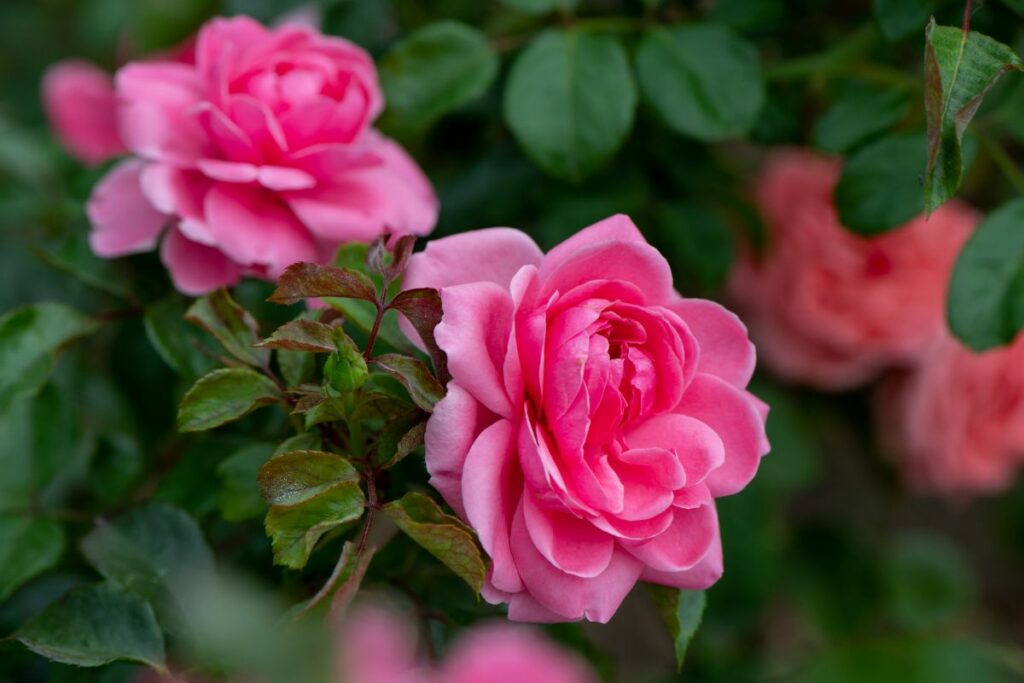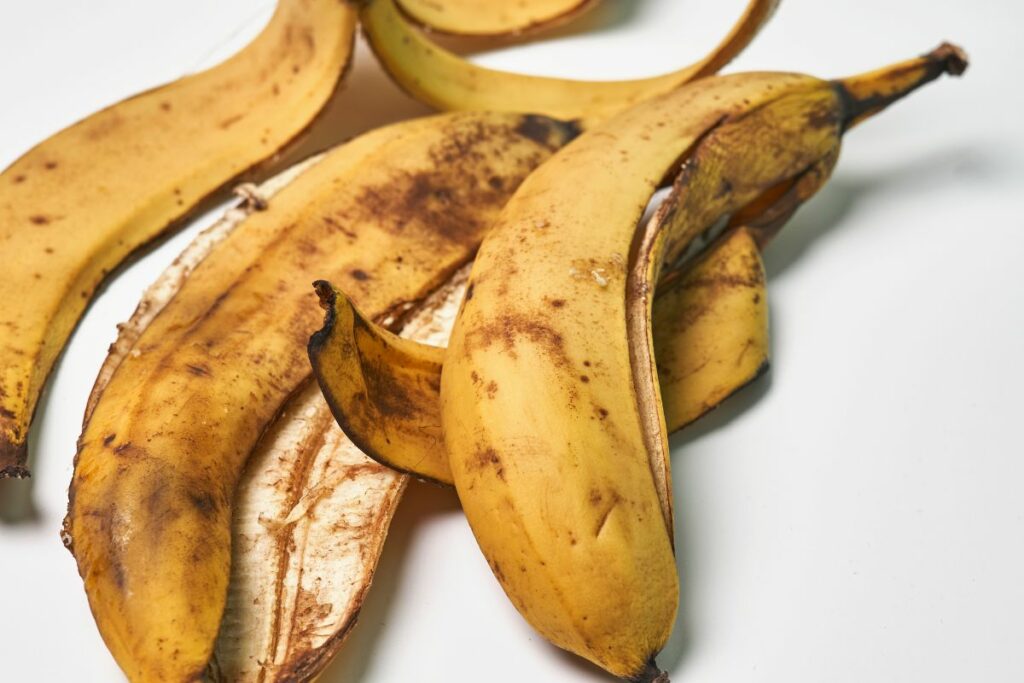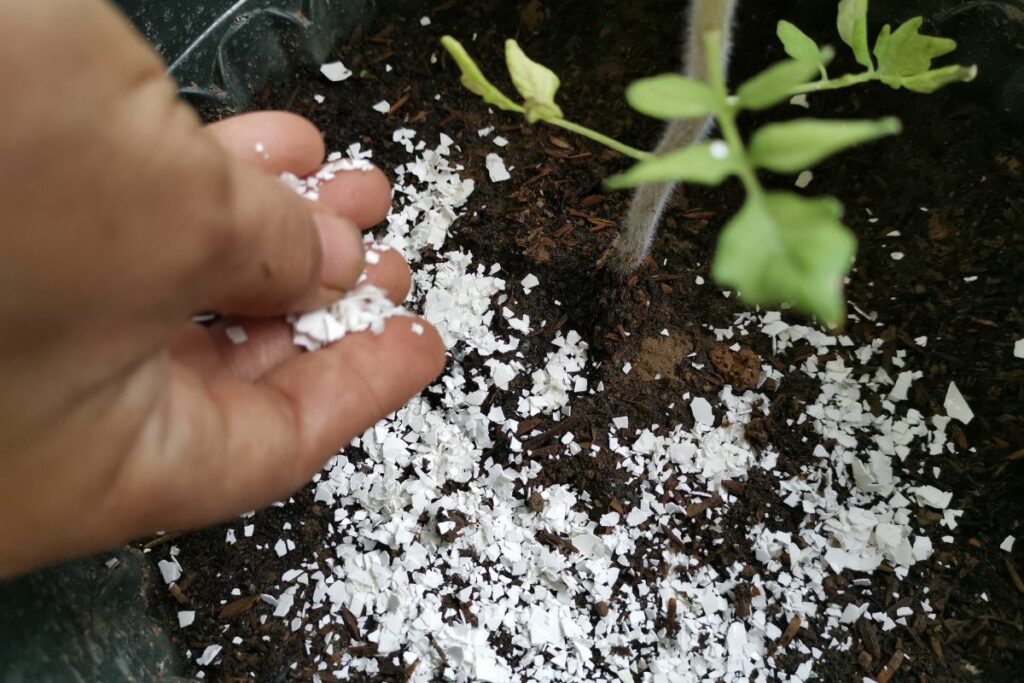Roses, cherished by many for their beauty and fragrance, pose a delightful challenge for gardening enthusiasts. They require diligent attention, with special emphasis on pruning to keep them flourishing. Beyond pruning, roses are particular about their environment, with factors like sunlight exposure, watering habits, and soil composition playing crucial roles in their development. Yet, what often eludes attention is their diet; roses are voracious, craving a rich influx of nutrients and organic material to reach their full potential.
Focusing on nutrition, gardeners are sometimes tempted to try natural amendments with varied results. This brings us to explore a common household item that is readily available – coffee grounds. Gardeners frequently ask if coffee grounds can benefit these beloved plants. This question merits exploration, and as we proceed, you will learn how to effectively utilize coffee grounds, their advantages, and the possible drawbacks. Additionally, we will consider the timing of fertilization and introduce other organic alternatives for nourishing roses, ensuring your gardening approach is both informed and effective.
Nourishing Roses with Coffee Residue

Essential Nutrients for Rose Health
To flourish, roses require a balanced combination of essential nutrients. Seek out fertilizers with a notable amount of phosphorus to encourage abundant flowering. Nitrogen is vital for green growth, and potassium supports overall plant health. Commercial rose feeds might display ratios like 6-9-6, 3-5-3, or 6-12-6, indicating the balanced presence of these nutrients. Homemade alternatives often have lower nutrient levels, being gentler on your plants and mitigating the risk of overfeeding.
Applying Coffee Residue to Roses
Coffee residue can invigorate your roses and other acidophilic plants when used correctly. Mix your residue into your compost heap or prepare a nutrient-rich liquid feed for your garden favorites by steeping grounds in water. Create an enriching compost by combining coffee residue with other green materials like vegetable scraps, which provide nitrogen, and brown materials—like dry leaves and wood chips—to maintain a healthy balance.
For a liquid feeding solution:
- Mix 5 gallons of water with 2 cups of used coffee grounds.
- Allow the mixture to rest for a day before use.
Advantages of Coffee Residue for Roses
Regular, moderated use of coffee residue can be advantageous for your roses, resulting in:
- Enhanced growth: The nitrogen in coffee grounds fosters stem and leaf expansion, allowing more photosynthesis.
- Soil condition improvement: Mixing grounds into the soil enhances drainage and aeration, which is crucial for rose health.
- Worm attraction: Beneficial earthworms are drawn to coffee grounds, contributing to soil fertility through their castings.
- Pest deterrence: Many common garden pests dislike the smell of coffee grounds.
- Moderate soil acidity adjustment: Roses enjoy slightly acidic soils, around pH 6.5, which coffee grounds can help maintain, provided they’re used in moderation.
Considerations When Using Coffee Residue for Roses
While coffee grounds offer benefits, overuse can lead to challenges:
- Excess nitrogen: An abundance of nitrogen may produce lush foliage at the expense of flowering, as roses require more phosphorus to bloom.
- Risk of pest susceptibility: High nitrogen levels could potentially weaken rose defenses against certain pests.
- Soil acidity: Over-application of coffee grounds may excessively acidify the soil, hindering nutrient uptake and plant health.
Optimal Timing for Rose Fertilization

Indicators Your Roses Require Nutrients
Roses, while robust and magnificent, relay their nutritional needs through distinct signs. Being vigilant about these cues will ensure optimal rose health and vibrancy.
Leaf Color Changes
Leaf coloration is an immediate indicator of your rose’s health. Yellowing leaves often point to nitrogen scarcity, which, if unaddressed, results in undersized foliage. Contrarily, yellow and brown spotting along leaf edges suggests potassium shortage. If leaf veins remain green while the rest of the leaf turns yellow, consider an iron deficiency. Meanwhile, magnesium or manganese shortages bring about a yellowing between the veins, and a lack of phosphorus may cause lower leaves to adopt a purplish hue. Adjust soil pH if needed since incorrect acidity affects nutrient uptake.
Decreased Leaf Size
Leaves diminishing in size can signal nutritional deficits, especially in nitrogen. This is likewise true for magnesium scarcity, often found in sandy soils. Iron is crucial, and its deficiency not only alters leaf color but also reduces their size. Verify your soil’s pH to ensure it’s conducive for nutrient absorption.
Abnormal Leaf Shape
Distortion or withering in foliage can indicate multiple issues, including inadequate calcium, zinc, or boron. These elements are fundamental for proper development, and deficiencies can lead to distorted growth. Introduce calcium through eggshells, zinc via bone meal, and correct boron levels with specialized fertilizers if necessary. Address soil deficiencies urgently to prevent compromises in plant integrity.
Scorched Leaf Tips
The sight of burnt leaf tips might be misconstrued as overexposure to sunlight; however, it can also denote a molybdenum shortage. This nutrient’s absence, often due to a low pH, impairs the youngest leaves, leading to a scorched appearance. Lime can be added to the soil to remedy acidity, making molybdenum accessible.
Regularly fertilize roses post the risk of frost, and with each blooming cycle, reducing subsequent applications. Avoid fertilizing too close to frost return to prevent fragile growth susceptible to winter damage. Utilize slow-release formulas and monitor the soil profile to foster robust roses capable of thriving through the seasons.
Effects of Watering Roses with Coffee
Watering your roses with coffee can lead to undesirable outcomes due to its acidity. With a pH range of 5.2 to 6.9, coffee can reduce soil pH below the optimal level of 6.5 needed for roses. Consequences include:
- Nutrient Uptake Impeded: Your roses may struggle to absorb necessary nutrients.
- Foliage Stress: You might notice the leaves of your roses turning yellow or the plants wilting.
- Plant Health Risk: Persistent use of coffee as water can ultimately lead to the plant’s demise.
Alternative Homemade Rose Nutrients

Lawn Trimmings
Lawn trimmings are not only useful for mulching and composting but can also be transformed into a nutrient-rich tea for roses. To prepare this, simply submerge one-third of a container with fresh grass clippings in water and let it steep for several weeks, stirring occasionally. After the tea has brewed, mix it with more water in a 1:5 ratio before feeding it to your roses. It’s a great source of nitrogen but should be used in combination with other fertilizing methods.
Fruit Skins from Bananas
Banana skins can be a valuable source of nutrition for rose plants. They are rich in potassium and calcium, which are essential for healthy growth. To create a fertilizer from banana skins, submerge them in water, letting them soak for a few weeks to soften and release their nutrients. Once the tea is formed, strain out the peels and dilute the solution, mixing one part banana peel tea with five parts water. This diluted solution can then be applied to your rose plants.
Livestock Manure Infusion
Enriching roses with a livestock manure infusion offers a broad range of nutrients, with the exact composition depending on the manure type. For creating this tea, mix one-part manure with two parts water and allow it to steep for three days. Stir the mixture occasionally and once ready, strain out the solid fragments. The resulting liquid should be diluted at a 1:5 ratio with water. Remember, this nutrient should not be sourced from domestic animals and should be used responsibly to prevent overfertilization.
Questions and Answers for Gardeners

Plants Sensitive to Coffee Grounds
Certain plants may react negatively to the addition of coffee grounds to their soil due to the resulting increase in acidity. Examples include the asparagus fern and geranium. It’s important to understand the pH preferences of your plants to determine whether coffee grounds are a suitable addition to their soil.
Watering Roses Post Coffee Ground Application
After enriching the soil around your roses with coffee grounds, it is necessary to water them. Watering helps distribute the coffee grounds evenly, ensuring that the nutrients are accessible to the plant’s roots.
The Benefits of Eggshells for Roses
Crushed eggshells can provide valuable calcium to help fortify your roses’ cellular structure. Make sure the eggshells are dried thoroughly and then crushed finely before applying them to the soil surrounding the base of your roses.
Reflective Insights on Nourishing Roses
When nurturing roses, it is essential to recognize the value of additional nutrients. While coffee grounds can be a beneficial supplement for these plants, providing extra sustenance, they should be used judiciously. Monitoring your roses for signs of nutritional needs is key to understanding when to nourish them.
- Coffee Grounds: They can boost soil health, but moderation is crucial to avoid potential issues.
- Fertilization Timing: Observe your roses for cues on the right moments to apply fertilizer.
- Alternative Organic Fertilizers:
- Compost: Enriches soil structure and fertility.
- Fish emulsion: Offers a nitrogen-rich feeding option.
- Bone meal: Supplies phosphorus, supporting root development.
These fertilizer options, including coffee grounds, can either be mixed together or used individually to address specific nutritional gaps. Keep a careful eye on the responses of your roses to these organic choices to ensure their flourishing growth. Happy gardening!

